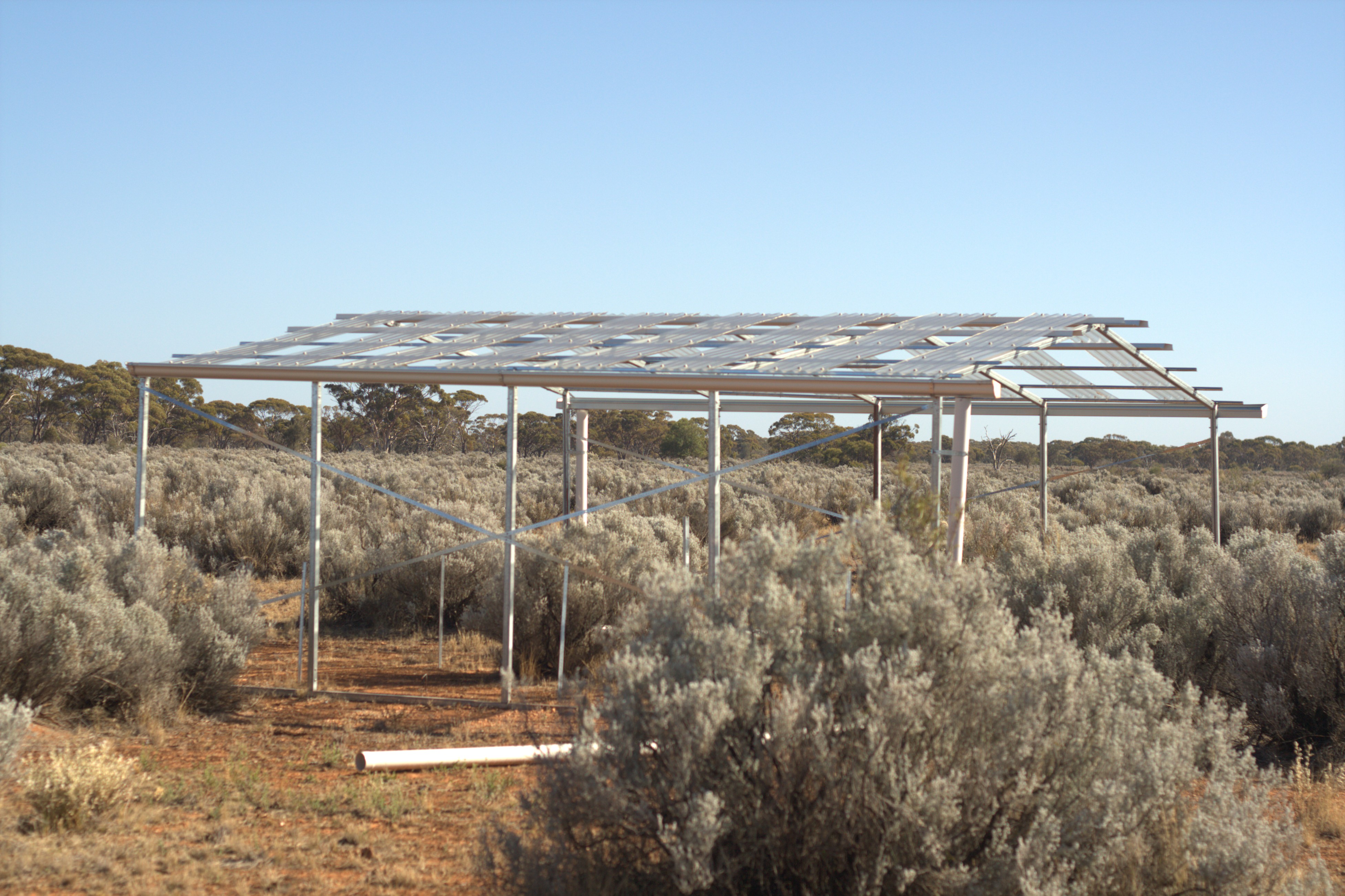Media release
From:
Murdoch University
Despite evidence grasslands and shrublands can adapt to periods of moderate drought, they can’t withstand prolonged periods of extreme dryness, latest research shows.
An international collaboration, including researchers from Murdoch University, has found even native systems capable of acclimatising to moderate drought are no match for more extreme conditions.
Published in the journal Science, the research quantified the combined effects of drought on 74 grasslands and shrublands in locations across the world.
Researchers warn the findings foreshadow alarming impacts on vegetation as extreme drought becomes more common due to climate change.
The research found that while the grassland and shrubland productivity subject to moderate drought stabilised after the first year, extreme drought over several consecutive years significantly impacts plant growth.
Murdoch University Professor Rachel Standish, from Murdoch University’s School of Environmental and Conservation Sciences, said the findings were concerning for the future of ecosystems, given the likelihood of increase extreme droughts due to climate change.
“We found that productivity reduced by 77% by year four when plants were subjected to consecutive years of extreme drought,” Professor Standish said.
“Grassland and shrubland ecosystems cover around 40% of the earth’s terrestrial surface.”
The research is part of International Drought Experiment which brings together researchers from across the world to measure the impact of reduce rainfall on ecosystems.
The full study Drought intensity and duration interact to magnify losses in primary productivity can be found in the journal Science.
Journal/
conference:
Science
Organisation/s:
Murdoch University, Western Sydney University, The University of Sydney, CSIRO
Funder:
Funding:
Research support was provided by the following: National Science Foundation (NSF) Research
Coordination Network grant to M.D.S. (DEB-1354732);
US Department of Agriculture’s
National Institute of Food and Agriculture (USDA-NIFA)
Postdoctoral Fellowship grant to
K.D.W. (2020-67034-
31898);
USDA-NIFA
Conference grant to M.D.S. (2020-67019-
31757);
US
Geological Survey John Wesley Powell Center for Analysis and Synthesis grant to K.D.W. and
M.D.S.; US Geological Survey grant to M.D.S. (G21AC10266-00);
Global Drought Synthesis
Group grant to K.D.W. and M.D.S., funded by the NSF Long-term
Ecological Research Network
Office (LNO) and the National Center for Ecological Analysis and Synthesis, University of
California-Santa
Barbara. T.O. acknowledges NSF funding (DEB-2224662,
DEB-2340606,
and
DEB-1748133).
Additional funding for specific experimental sites within this synthesis paper
came from the USDA Forest Service Rocky Mountain Research Station and the USDA
Agricultural Research Service; the findings and conclusions are those of the authors and
should not be construed to represent any official USDA determination of policy. Any use of
trade, firm, or product names is for descriptive purposes only and does not imply
endorsement by the US Government. Funding for soil analyses was provided by the Colorado
Agricultural Experiment Station. Additional funding includes grants from the NSF Long Term
Ecological Research (LTER) program (DEB-2423861
and DEB-2426143);
funding from the
NSF LTREB program to O.S. (DEB-2326482);
USGS Ecosystems Mission Area; University of
New Hampshire’s Agricultural Experiment Station; Natural Sciences and Engineering
Research Council of Canada; Canadian Foundation for Innovation; and Federal Ministry of
Education and Research (BMBF) grants 031B0516C and 031B1067C. The Ciempozuelos
DroughtNet site was established with funds from the European Research Council
(BIODESERT, ERC grant agreement no. 647038). F.T.M. acknowledges support from King
Abdullah University of Science and Technology; A.C. acknowledges support from the US
Department of Agriculture National Institute of Food and Agriculture (grant no.
2024-67019-
42396);
R.P.P. acknowledges support from the Department of Energy (DoE)
Environmental System Science (ESS) program (award no. DE-SC0021980);
and L.Y., L.B., and
V.F.B. acknowledge support FONCyT (PICT 2019-02324),
CONICET (PIP 11220210100681CO),
and UBA.



 Australia; International; NSW; WA
Australia; International; NSW; WA


